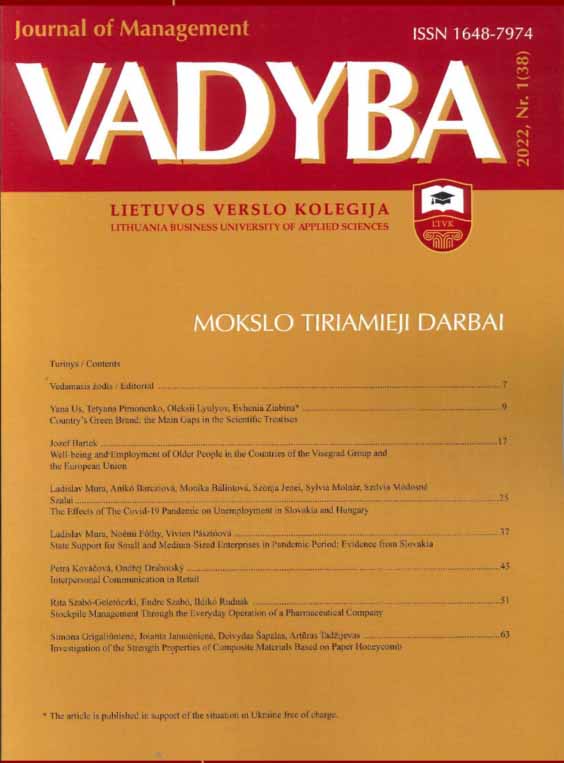STOCKPILE MANAGEMENT THROUGH THE EVERYDAY OPERATION OF A PHARMACEUTICAL COMPANY
STOCKPILE MANAGEMENT THROUGH THE EVERYDAY OPERATION OF A PHARMACEUTICAL COMPANY
Author(s): Szabó-Geletóczki Rita, Szabó Endre, Rudnák IldikóSubject(s): Social Sciences, Financial Markets
Published by: Lietuvos verslo kolegija
Keywords: stock management; stock level; stock analysis; strategies; supply chain;
Summary/Abstract: In this article, the stock management activities and stock levels of a pharmaceutical wholesaler will be analysed. Stocks play a significant role in both material flow processes and the supply chain. If the quantity of stocks is not adequate, stockout or overstocking may occur. Companies can take various measures to ensure uninterrupted supply, and also prevent shortages and stockouts. Therefore, the objective is to reach an optimal level of stock. The aim of the present study is to find an answer to how stockouts may be reduced or minimized in the future, identify which aspects of stock management activity play a major role in minimizing shortages, as well as analyse strategically important decisions pertaining to stockpiling. Another issue is to find out why it is crucial for us to know our strategic product groups, why it is important to conduct a more pronounced measuring regarding stocks of these products, and reduce the shortages to zero. The competitive situation of the market allows for a company to retain its customers for the long term, and to this end, providing quick and flexible service and ensuring the availability of products are of key importance. Today, immediate availability is particularly important. Consequently, time is a crucial factor as people have high expectations and do not tolerate long waiting times, thus inventory and inventory management are especially important where deficiencies are not allowed. As the central topic of the current paper stock levels at various sites of a wholesaler have been examined focusing on the product scopes with low stockpiles on the basis of the calculated turnover rate. Generally, stock analysis methods that would result in the successful decrease of shortages were sought after. The analysis pertained to the context of turnovers and stock levels, seeking parallels between stock levels as well as the size and spatial distribution of the customer base . Corporate inventory management and demand forecasting are two interrelated areas of management that can directly and significantly affect the efficiency and economy of operations What is more, an adequate stock level can signal a competitive supply chain.
Journal: VADYBA
- Issue Year: 38/2022
- Issue No: 1
- Page Range: 51-62
- Page Count: 12
- Language: English

